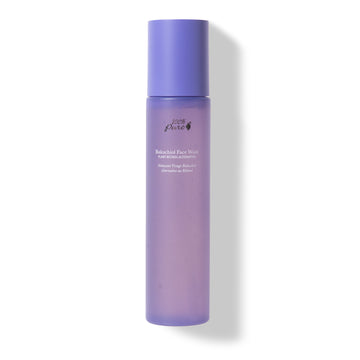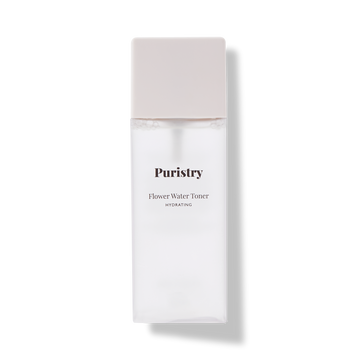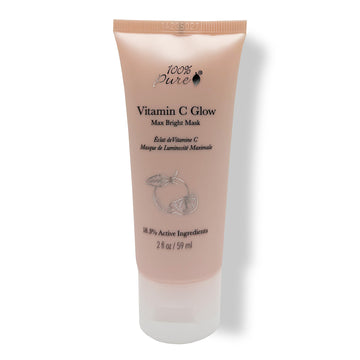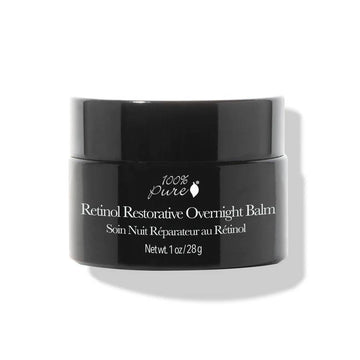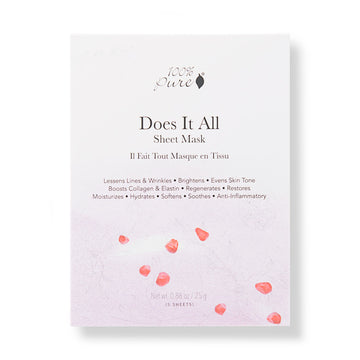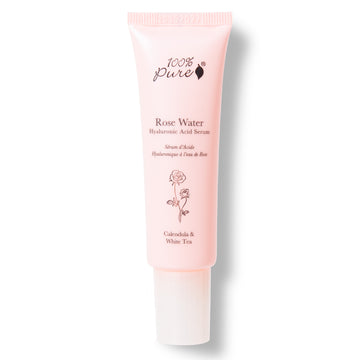How to tell if your skin is purging or breaking out!
Written by: 100% PURE ®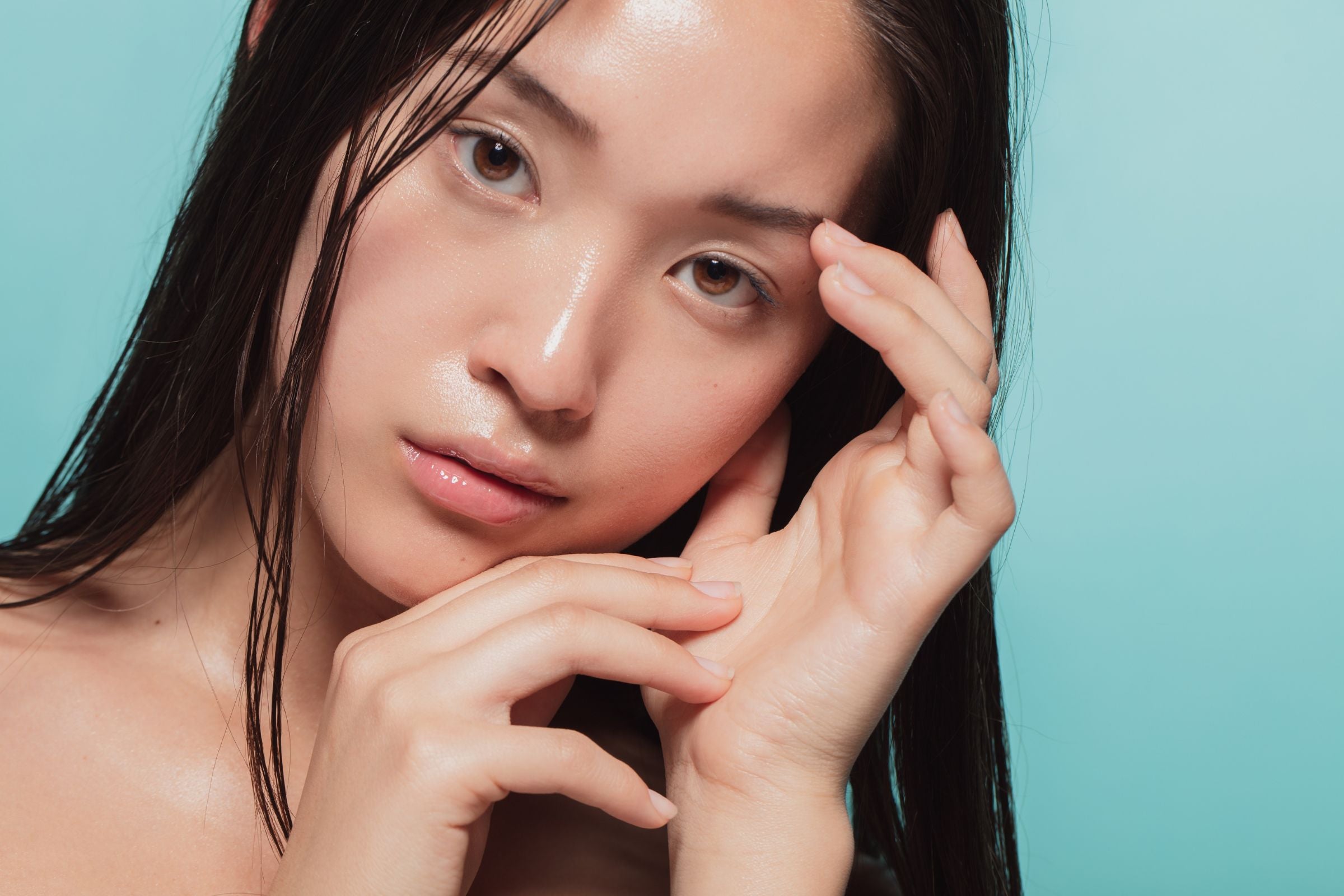
When you think of the word “purging,” your mind may summon images of either dystopian horror films, or pimple-popping videos in which blackheads and open comedones are “purged” of all of their gunk and grime as a specialist works to squeeze them out.
However, a purge is not as gross (or as violent) as it may sound. Purging, in fact, is simply the reaction your skin might have to certain products–especially something containing a BHA or retinol. These actives are often referred to as “chemical exfoliants,” since they work to gently dissolve the “glue” that keeps dead skin cells stuck in place, helping to gently slough them off.
Purging is something of a necessary evil when it comes to skincare–it’s a bit unpleasant to experience, but it’s ultimately a side effect of your skincare routine working, since it’s helping your skin renew itself. On top of that, purging is completely temporary, and can help free up blockage in your skin’s outer layers.
Still, purging is something that many individuals are unfamiliar with, even though many of us have undergone it at some point. That’s why today, we’re clearing up all of the questions surrounding this natural skin-renewing process, starting with the first question: why does purging happen in the first place?
While it varies with everyone, it’s commonly said that the skin renews itself every twenty-eight days. However, certain actives can boost the process.
When a purge happens, it typically signals an acceleration in the skin’s exfoliation process, and so you may notice what appear to be mild acne symptoms. This is because the ingredients in these products exfoliate, which encourages cell renewal. And unfortunately, with great cell renewal comes great purging.
Purging can also speed up the rate at which blemishes reach the surface of the skin, and it may even seem as though your product is causing a breakout. But don’t panic–it’s completely normal for ingredients with exfoliating properties to cause this, because it’s encouraging new skin to reveal itself as it sheds old skin cells.
While it may be a nuisance, it is a perfectly normal occurrence when you’re incorporating a new product–especially when it’s something like an exfoliant, retinol, or niacinamide.
In fact, purging is actually a good thing, since the increased skin cell turnover helps slough off dead skin cells to reveal healthy, glowing skin from beneath.
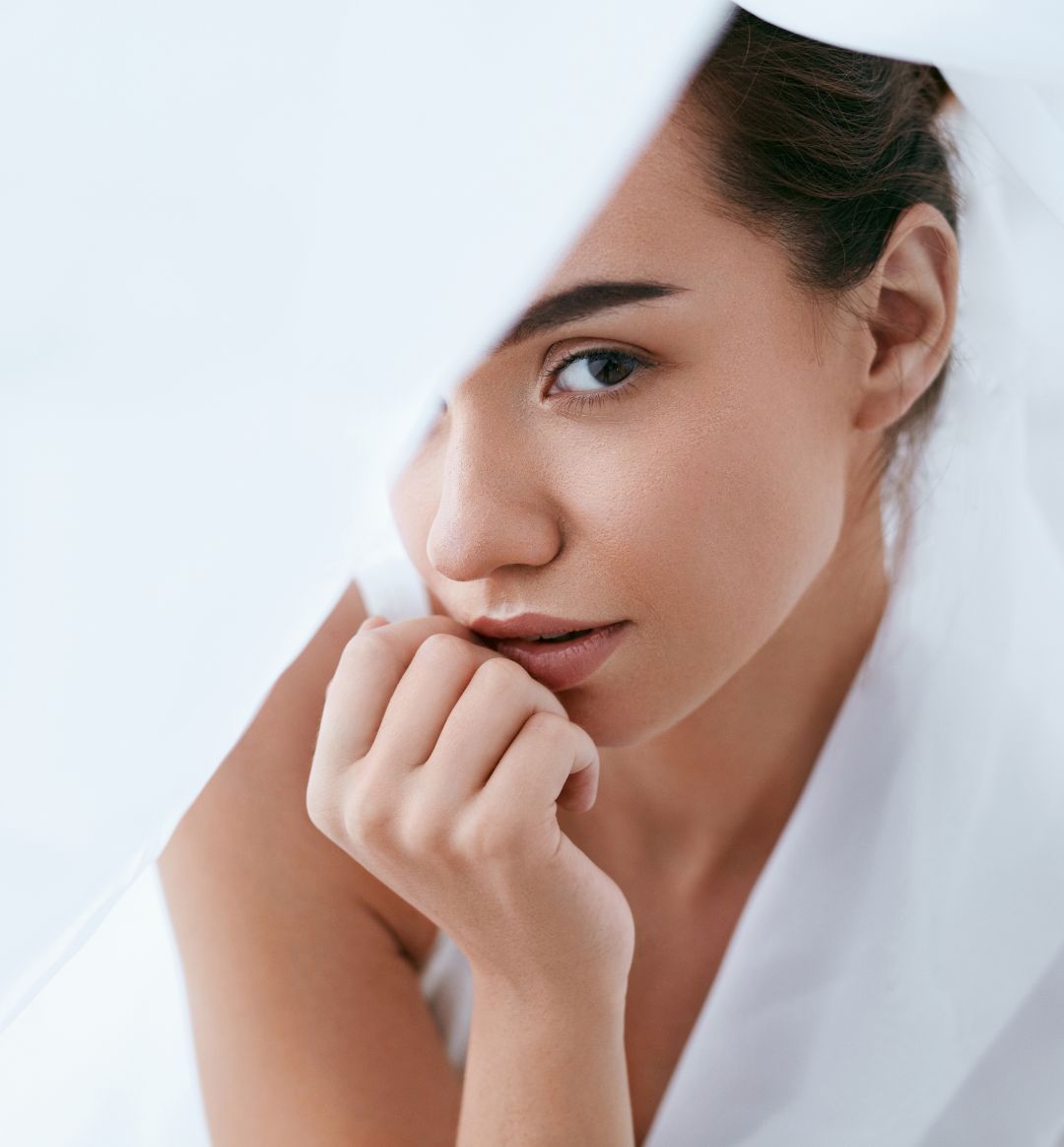
As mentioned above, skin purging is what happens when your skin is introduced to a new active ingredient in a product, which prompts the skin cells to accelerate their turnover. Of course, this can be quite annoying–especially if you’re using your new product to clear up acne in the first place! But it’s important to remember that when your skin is purging, it’s processing acne that would have surfaced eventually, just at a faster rate.
Newsletter Subscribe
for more blog updates and exclusive discounts
Purging falls under the category of “inflammatory acne,” which covers a wide range of different characteristics and types of the skin condition, including whiteheads, blackheads, pustules and cysts. Inflammatory acne occurs when sebum mixes with dead skin cells within a pore, sometimes resulting in a species of bacteria known as P. acnes. When our bodies recognize this bacteria, it signals white blood cells to fight the foreign debris. This process is known as inflammation, and it’s why pimples tend to appear swollen and filled with pus. And this is much akin to what you’ll find in the case of purging.
But if purging and your run-of-the-mill, everyday acne are so similar, how can you tell them apart? In the next section, we break down the differences between purging and breakouts.
Based on what we’ve discussed about purging, you might be wondering: is it even different from your typical breakout?
In short, yes.
There are a few key differences between purging and a breakout caused by a reaction to a product. While purging is something of a necessary evil, a bad reaction can be prevented altogether. For starters, irritation caused by a new product is likely due to some sort of sensitivity or allergic reaction. Furthermore, a breakout incited by irritation can affect any part of your skin that it’s touched.
With purging, on the other hand, you can typically expect breakouts in the places you usually get them–just at a more rapid rate. In other words, you might have a tendency to get breakouts along your jawline. With purging, expect even more breakouts in such an area.
Luckily, purging is completely temporary; what’s more is that pimples caused by purging tend to fade much more quickly than your typical breakout, and they also tend to be less prominent.
While the exact duration will vary depending on the individual, the time it takes for skin purging to disappear from the skin can take anywhere between a few weeks and a few months. For the average adult, cell renewal takes about 28 days. On top of that, the ingredients causing purging in the first place may last the entire skin renewal period, sometimes even beyond.
That being said, it’s important to contact a dermatologist if your skin doesn’t go back to normal after a few weeks, as this can indicate an adverse reaction from a product.
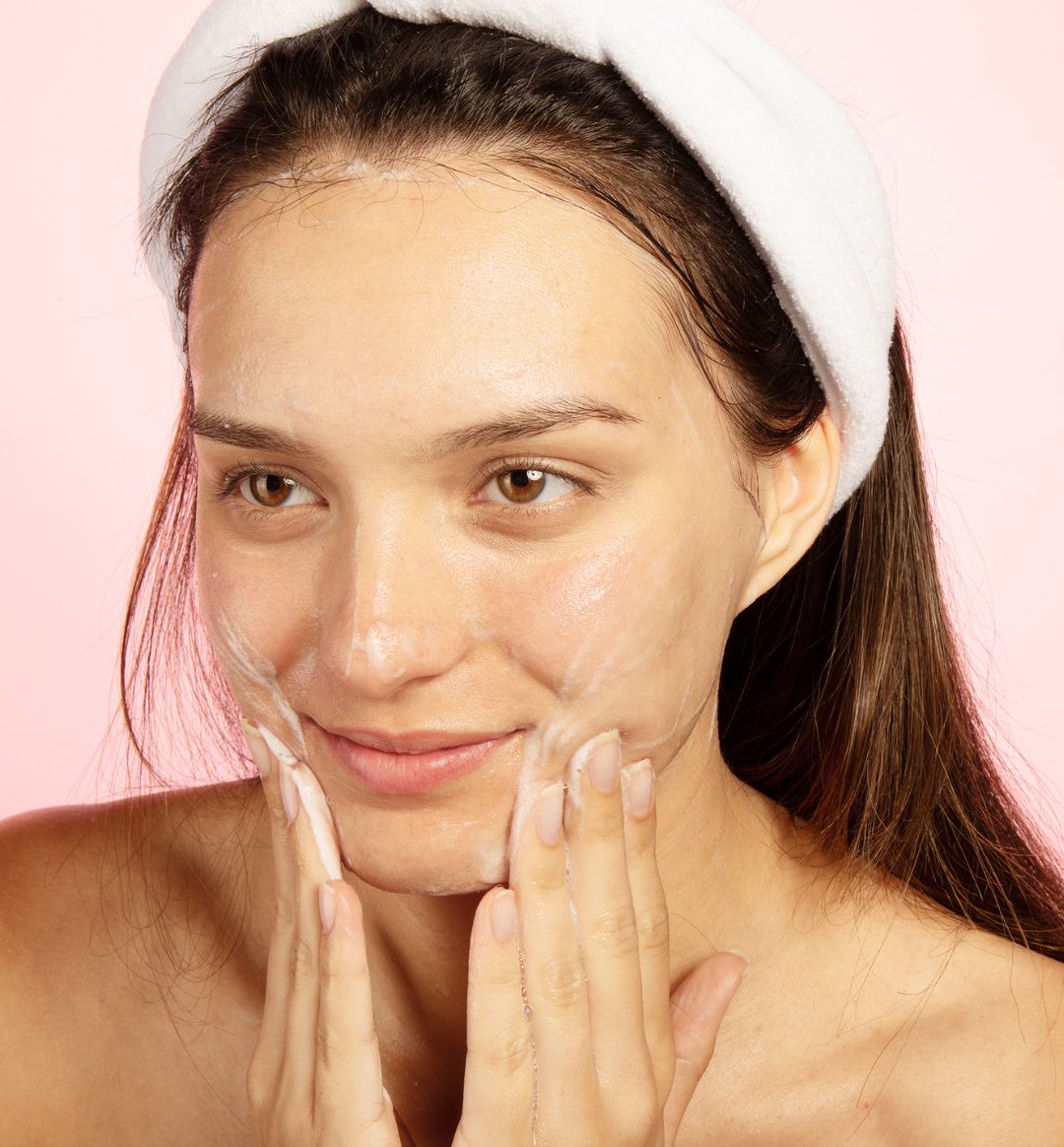
When a purge is underway, it’s a sign that the active ingredients in a product are working, and it’s simply removing all of the “gunk” trapped within your skin’s inner layers.
With that in mind, a gentle skincare routine is key, as this will help ease the inflammation your skin is experiencing–especially when you’re using clean, sulfate-free and paraben-free products. A hydrating, non-stripping cleanser, followed by a hyaluronic acid serum and nourishing moisturizer will do the trick, combined with a mineral sunscreen during the day.
Additionally, continue using your product causing the purge as directed, but give your skin time to adjust to it. Finally, make sure to avoid using home remedies on purging skin, as even the most nourishing options have the potential to aggravate the skin, leading to unwanted rashes and breakouts.
So, let’s imagine a scenario in which you want to use a new product to improve your skin, but you don’t want to deal with the purging it might entail. Is there any way to avoid skin purging when introducing a new active in your routine?
Sadly, not really. That being said, skin experts encourage users to introduce a new product into their routine slowly, so that your skin has more time to grow accustomed to it. For instance, you might want to use a new product containing retinol just once during the first week, twice during week two, three times during week three, and so on until you’ve established a daily/semi-daily routine with it.
How can I differentiate between skin purging and breakouts?
Skin purging typically occurs in areas where you frequently have breakouts and resolves faster than regular breakouts. Breakouts can be random and are often due to external factors like bacteria while purging is a response to internal skin changes.
Which ingredients are known to cause skin purging?
Ingredients that promote cell turnover, such as retinoids, AHAs (like glycolic acid), BHAs (like salicylic acid), and vitamin C, are commonly associated with skin purging.
Can everyone experience skin purging?
Skin purging depends on individual skin types and their reactions to certain active ingredients. Not everyone will experience purging, and it's more common in people with acne-prone or sensitive skin.
Are there ways to prevent skin purging?
While preventing skin purging entirely isn't always possible, introducing new skincare products gradually can help. Starting with lower concentrations of active ingredients and slowly increasing usage allows the skin to adjust more comfortably.
What are the signs that my skin is not purging but reacting badly to a product?
If you experience severe redness, itching, burning, or rash, these are signs of a negative reaction, not purging. In such cases, discontinue the product and consult a dermatologist.
- Tags: November-2023, Skin Care, skincare
We carefully hand-select products based on strict purity standards, and only recommend products we feel meet this criteria. 100% PURE™ may earn a small commission for products purchased through affiliate links.
The information in this article is for educational use, and not intended to substitute professional medical advice, diagnosis, or treatment and should not be used as such.


